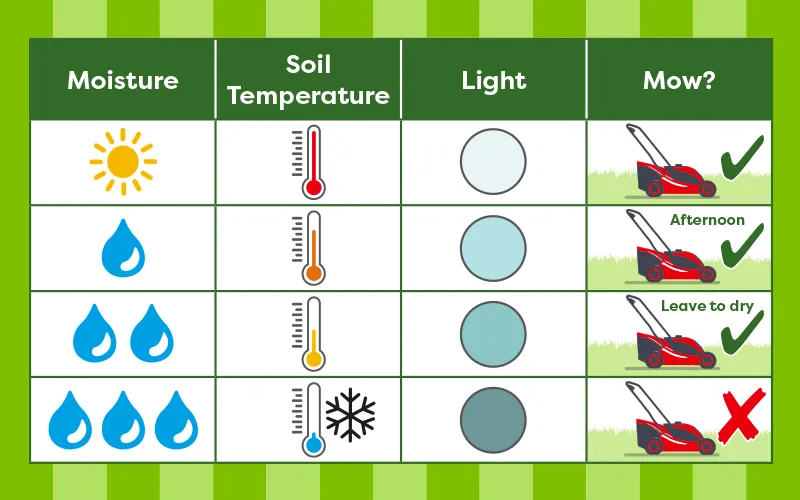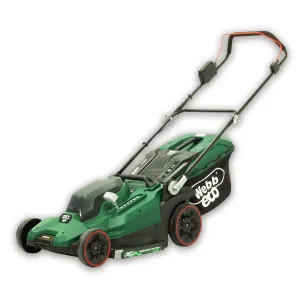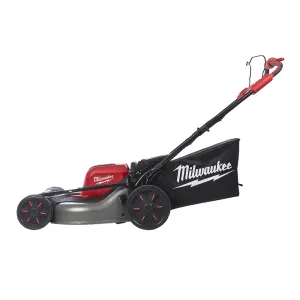If you’ve ever tried to mow a wet lawn, you’ll know that you run the risk of churning up your lawn, exposing and compacting the earth and seriously damaging the look and health of your turf – not to mention potentially damaging your mower.
The same risks are present when you mow too late in the year and the grass has stopped growing - the soil will compact, and the grass can become damaged.
But here at Agrigem, we really understand the temptation to get that grass as short as possible before the weather changes. So how do we plan it just right without damaging the lawn?
Rule One - Moisture
The first rule is - monitor the moisture! How wet is the ground? If the weather has been mild and dry, the grass will carry on growing and you can carry on mowing.
If you’re not sure, gently push the soil with your boot on a small area of lawn. Is it soft or does it give under your weight? A softer lawn may indicate more moisture.
If the weather has been very damp, the soil will be vulnerable to compaction. If you walk up and down on wet soil with your mower, you will increase the risk of compacting the earth and damaging the turf.
If it feels very wet, leave it alone and wait until it has dried and firmed up.
If the weather looks set for rain or low temperatures for the foreseeable future, you are likely to have missed your last mow window and need to pack the mower away until next year.
Rule Two – Ground Temperature
If the soil temperature remains above 5°C, the grass will still be growing and will happily take another mowing.
However, you need to apply Rule One when making a decision on mowing – while the temperature might be ok, too much moisture may still render mowing unwise.
If the ground temperature seems ok and any moisture evaporates in the afternoon – go for the mow. Take a look at our guide to mowing wet grass if you’re unsure.
It’s always better to mow later in the day to allow moisture to evaporate, temperatures to climb a little, and any overnight frost to disappear. Never mow a lawn that is frosty or has been frozen in the last 24 hours
Remember to set your mower to its highest setting and only ever take the top third of the blade off.
Rule Three – Light
In wintertime, there are fewer hours of sunlight meaning reduced opportunity for your grass to photosynthesise (the essential process for lush green growth).
If you cut your grass in winter, you are reducing its ability to photosynthesise because you will remove much of the grass blade surface area needed for this essential process.
It is wise therefore to only mow if the grass is long enough and can take the loss of the top third without impacting its ability to photosynthesise.
If you do cut it too short in the darker months, you may see bleached patches of lawn which can take time to recover.

A final note on climate
If climate change has anything positive about it, it’s that many of our plants now have an extended growing season, and grass is no different.
Many of us living in the far south and southeast of the country have found it possible to mow right the way through winter.
Monitor the weather forecast and soil temperature in your area. If you don’t monitor soil temperature yourself, you can find an indicator of the likely temperature in your area on sites like Farmers Guide.






